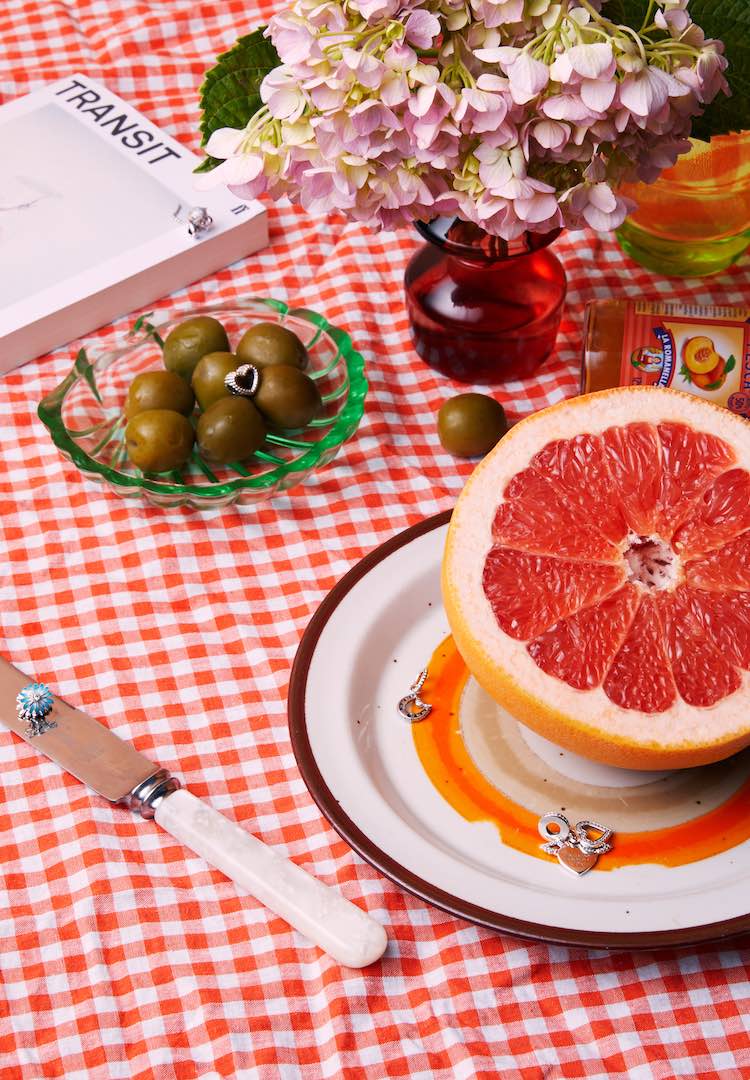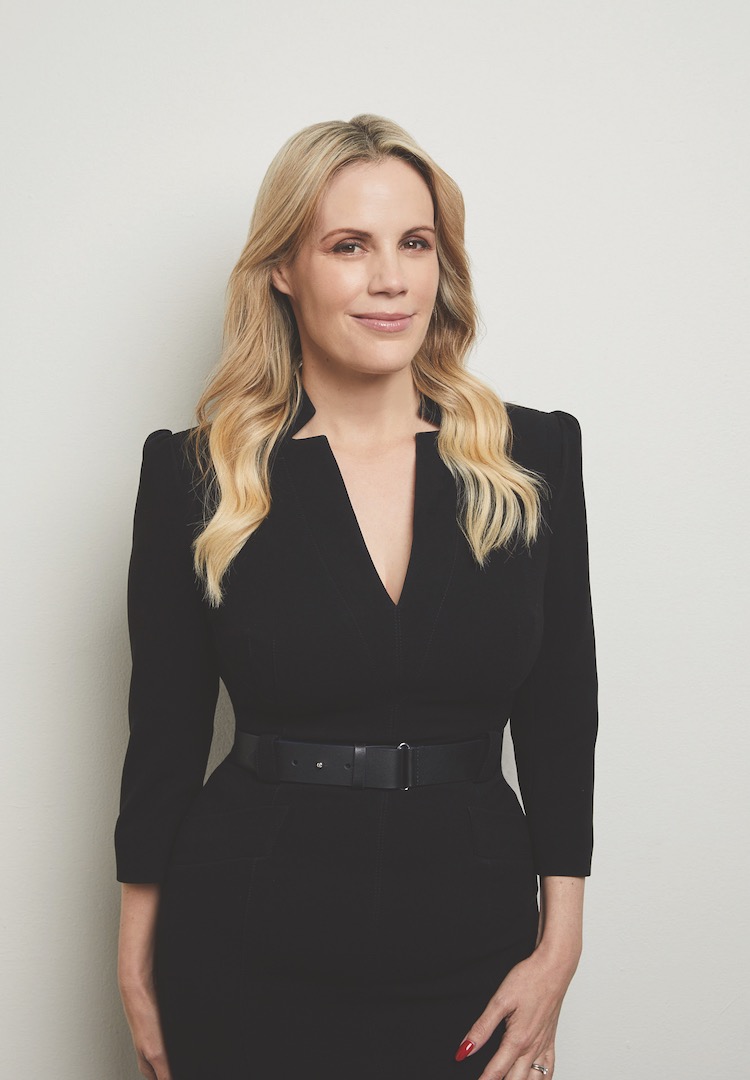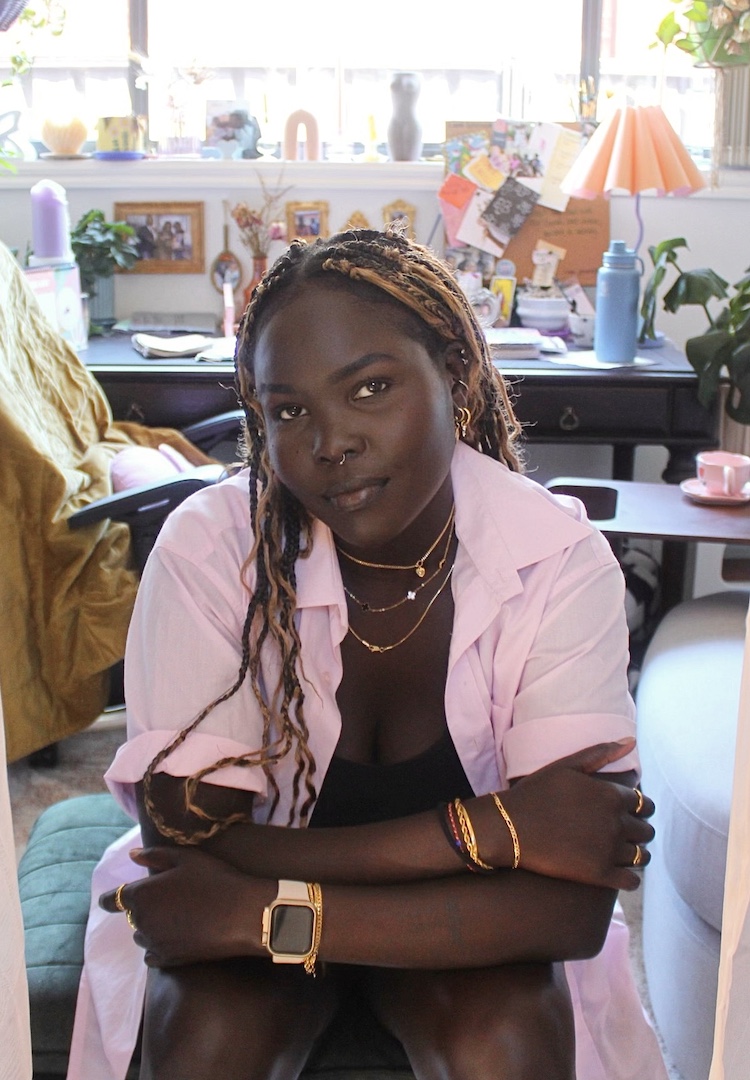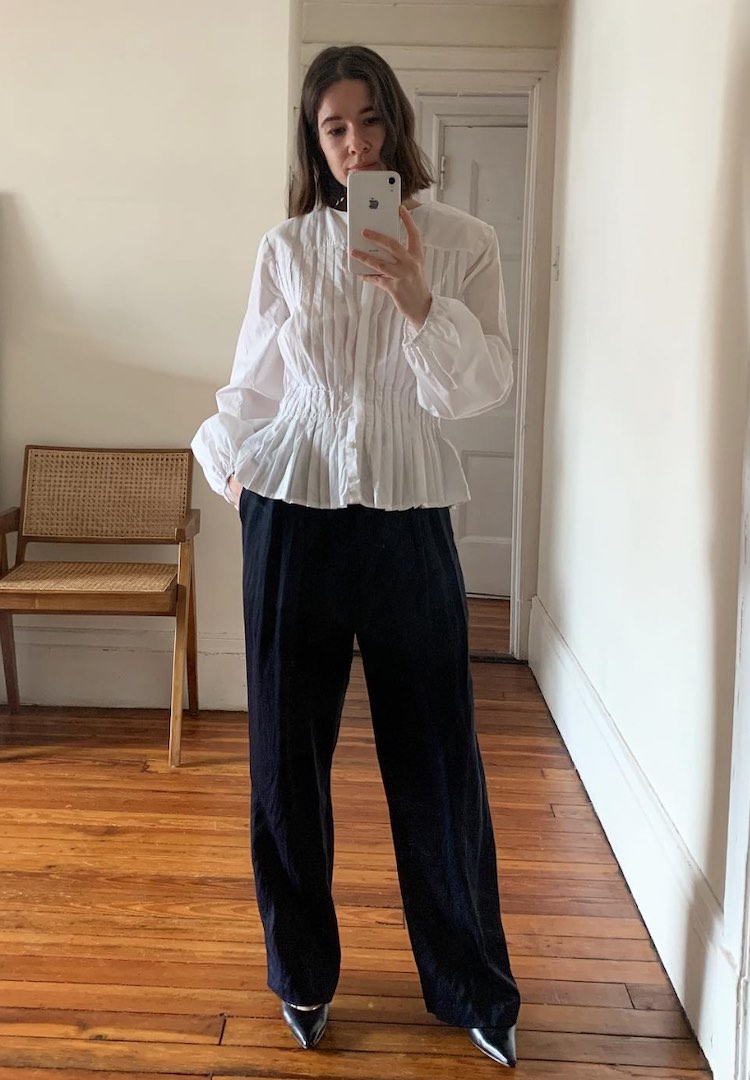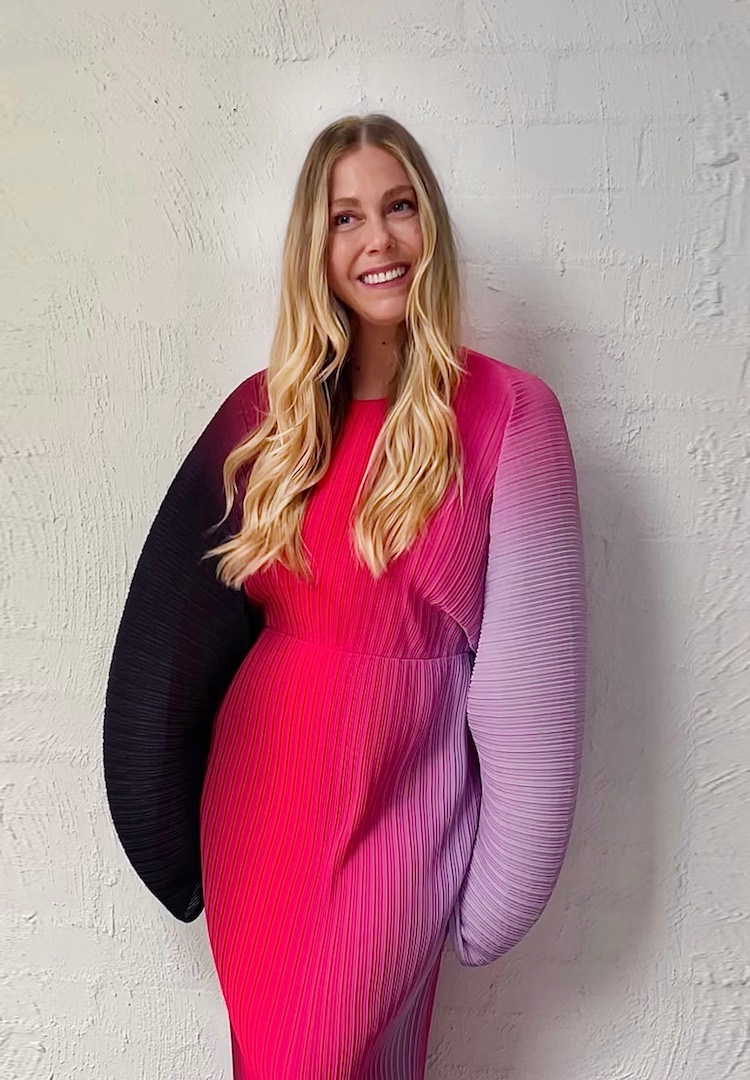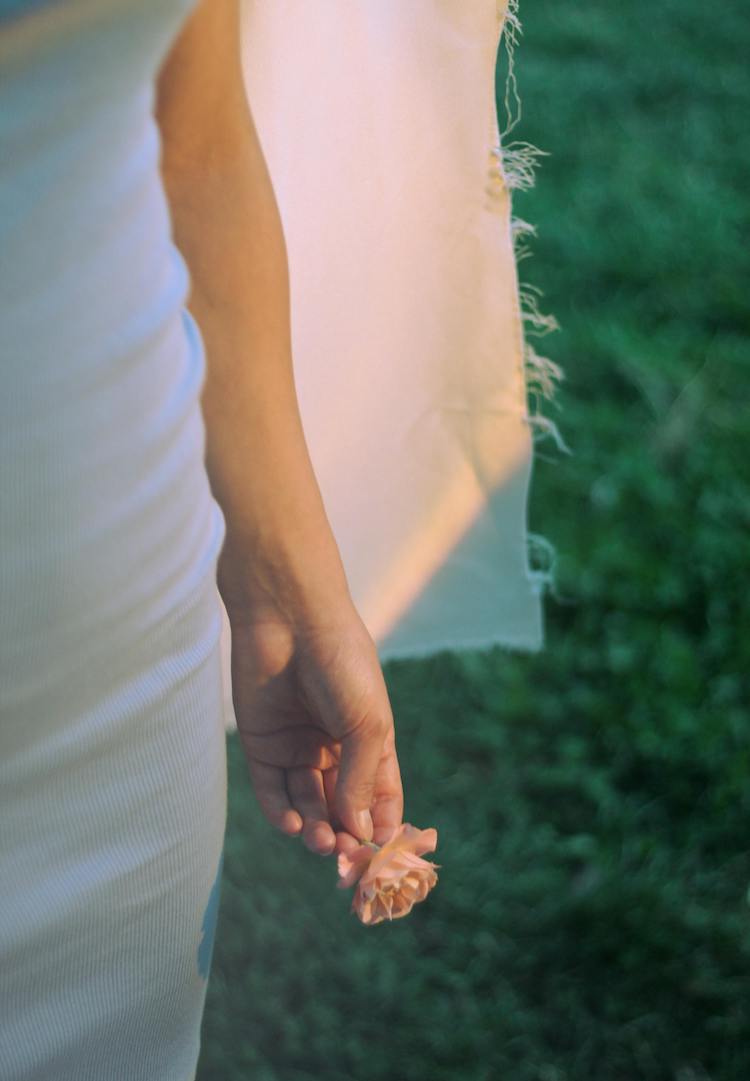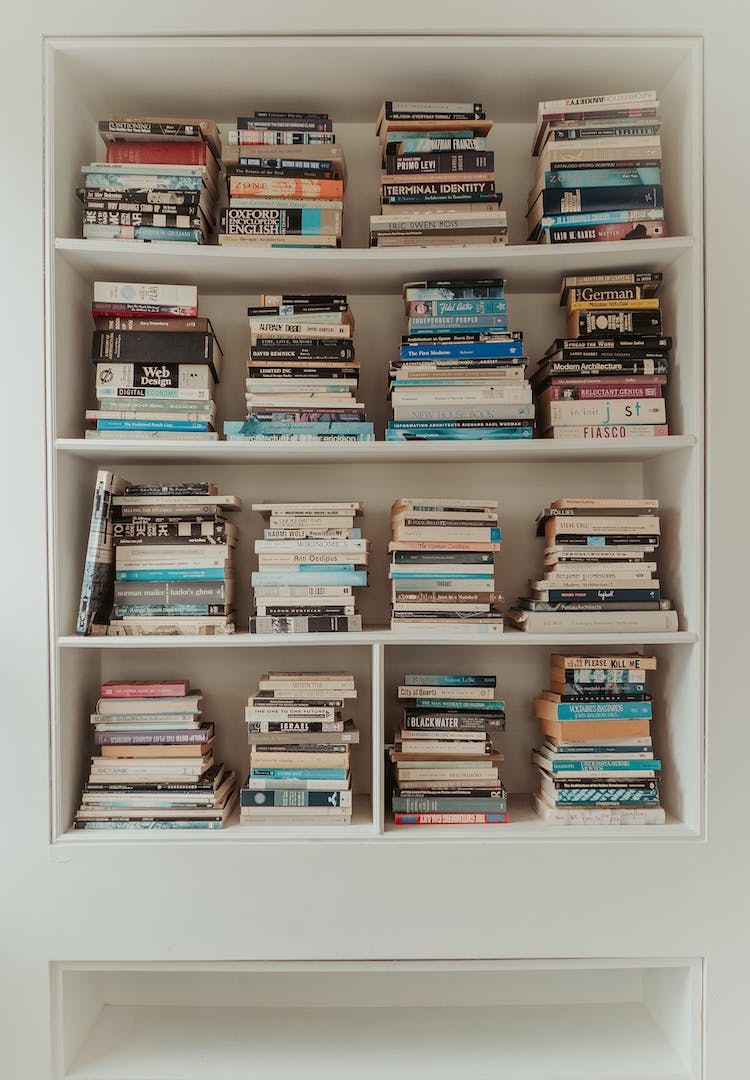How I Got Here: Stellar and Body+Soul’s editor-in-chief on how she went from receptionist to the job of her dreams
WORDS BY CAIT EMMA BURKE
“Playing the long game will serve you well in media, so it’s one for the patient and the resilient.”
Have you ever stalked someone on LinkedIn and wondered how on earth they managed to land that wildly impressive job? While the internet and social media might have us believe that our ideal job is a mere pipe dream, the individuals who have these jobs were, believe it or not, in the same position once, fantasising over someone else’s seemingly unattainable job.
But behind the awe-inspiring titles and the fancy work events lies a heck of a lot of hard work. So what lessons have been learnt and what skills have proved invaluable in getting them from daydreaming about success to actually being at the top of their industry?
Welcome to How I Got Here, where we talk to women who are killing it in their respective fields about how they landed their awe-inspiring jobs, exploring the peaks and pits, the failures and the wins, and most importantly the knowledge, advice and practical tips they’ve gleaned along the way.
This week, Stellar and Body+Soul‘s editor-in-chief, Sarrah Le Marquand, tells us how she made it in the highly competitive world of women’s publications. Sarrah initially wanted to be a political reporter and completed an honours degree in government. While completing her honours thesis, she worked as a receptionist for Pacific Magazines, and it was here she realised her passion for media, dreaming up feature article ideas while manning the switchboard.
When a job as sub-editor at That’s Life came up, she applied, landed it, and began to find her feet in the world of media. Features writer jobs followed before she was poached to work for TV Week, at which point she decided to stay in Sydney and pursue a career in journalism. Several years later, she joined The Daily Telegraph and worked her way up to the features editor role, before being asked to launch Stellar magazine in 2016.
Her current role as Stellar and Body+Soul‘s editor-in-chief involves overseeing an impressive 96 covers per year, and as a regular panellist on the Today Show and The Project she frequently debates politicians and high profile people. Sarrah knows what a privilege it is to reach such a large audience and never takes the platforms she has for granted, and she holds herself and the media industry at large to a high standard.
She believes that being open-minded about what form your ‘big break’ will come in, playing the long game, and not underestimating yourself are skills that will serve you well in any industry, not just media. Here’s what she’s learnt along the way.
What do you do and what’s your official job title?
I am the editor-in-chief of Stellar and Body+Soul magazines. I am also a weekly panellist on the Today Show, a regular co-host of The Project and a recurring guest on ABC Radio.
Take us back to when you were first starting out. Did you study to get into your chosen field, or did you start out with an internship/entry-level role and climb the ladder? Tell us the story.
I went to university knowing I wanted to be a journalist, but I wanted to be a political reporter so I enrolled in an honours degree in government at the University of Sydney and also completed a federal parliamentary internship in Canberra in my final year. While I was completing my honours thesis, I worked on the switchboard in reception at Pacific Magazines, and one day I applied for a job as a sub-editor at That’s Life magazine. Even though I learnt some hugely important skills in that role, I really wanted to write and so I soon applied for a position as features writer at a magazine devoted to daytime soap operas (yes, seriously). A year later I was poached to work for TV Week, at which point I realised I was really enjoying feature writing and entertainment journalism and decided to stay in Sydney and not pursue a career in the Canberra press gallery after all.
A few years later I joined The Daily Telegraph and over the next decade, I went on to be promoted to roles such as the film editor, features chief of staff and features editor. After returning from maternity leave after the birth of my first child I began writing a weekly column and was later appointed opinion editor. In 2016 I was asked to launch Stellar magazine, and so I moved into my current role as the magazine’s founding editor-in-chief. Over the years I have interviewed countless high-profile people from around Australia and the world, including prime ministers and world leaders – and I frequently debate politicians (sometimes quite heatedly!) on programs such as Today, Q&A and Sky News – so it turns out I did get to fulfil those ambitions about being a political reporter, just in an even better way than I could have imagined.
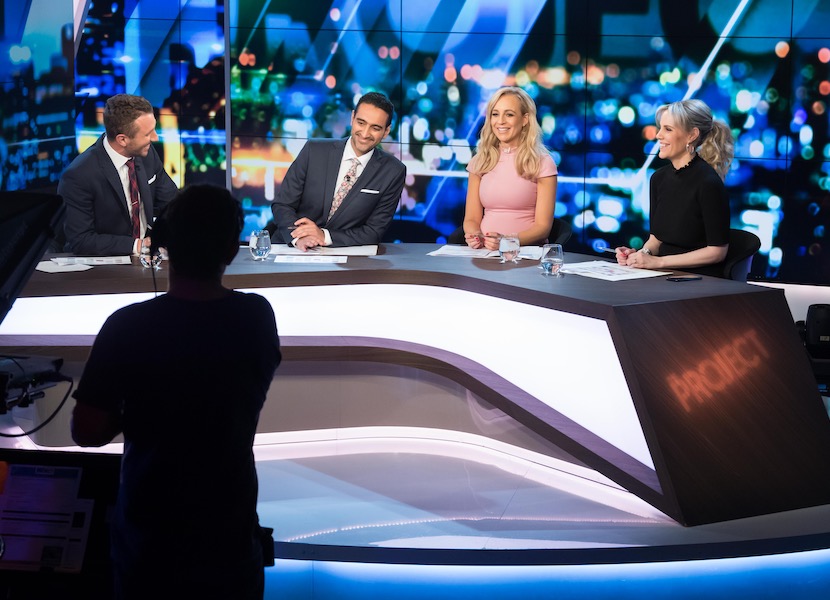
What challenges/hurdles have you faced getting to where you are now? Can you tell us about one in particular?
When I first started in newspapers in 2005, I didn’t exactly fit in. I was very lucky to work for a great boss and with some wonderful colleagues, but within the wider culture I was aware that some people assumed that as a high-heel wearing blonde from magazines, I wasn’t to be taken too seriously. Fifteen years on I can honestly say those stereotypes no longer exist in the way they did then, and there has been a lot of fabulous female staff – and some great male allies – who have helped break down that stereotype over the years. Some of the things that might have initially made me something of an anomaly, such as openly identifying as a feminist and believing that hard news can happily co-exist alongside celebrity interviews and features, have come to be fundamental to the titles I work on today.
What do you want people to know about your industry?
Whether it’s Donald Trump brandishing insults about the media being “fake news” or anonymous people taking to Twitter to accuse journalists of being biased, in many ways we are at a point in history where the media is becoming the punching bag for a lot of misdirected anger and resentment. Of course, that’s not to say the media is beyond reproach – as with any profession, we have both good employees and not-so-good employees. So it’s vital that we in the media hold ourselves to high standards, and know that we can always do better, but I do believe for the most part ours is an industry filled with hardworking and ethical people who perform an important role in the community with integrity.
What’s the best part about your role?
The ability to communicate with a massive audience – to provide readers with escapism on a Sunday, to give them inspiration to plan their week ahead, and to kick-start important conversations around issues we have tackled such as domestic violence, financial abuse, mental health and systemic racism and sexism. I am very aware of what a privilege it is to be invited into the homes of 1.5 million readers every weekend, and I never take the honour of having such a platform for granted.
What would surprise people about your role?
It may look glamorous, but it’s absolutely exhausting! Don’t get me wrong, I absolutely love my job, but my team and I work very hard – and an average working week for me is close to 60 hours. (We publish 96 covers a year, so it’s a particularly brutal workload at Stellar and Body+Soul). I’m certainly not complaining, but I do think it’s important for anyone aspiring to work in a magazine like mine to know that while it’s our job to make the end result look effortless, in truth the process to get there every week is often anything but.
What skills have served you well in your industry?
Tenacity is a must. Playing the long game will serve you well in media, so it’s one for the patient and the resilient. I also believe empathy is a crucial skill for a journalist – the capacity to inhabit someone’s world, even if only for a moment, so you can share their story with the public with accuracy and understanding.
What advice would you give to someone who wants to be in a role like yours one day?
Be open to any opportunity that might help you get a foot in the door – even if it’s not the role you were hoping for. When I started as a sub-editor at That’s Life magazine 20 years ago, I didn’t even know what exactly a sub-editor did, but it was my first job in the media and that was enough for me. While there, I was very fortunate to work with some very exacting sub-editors who had extremely high standards in ensuring the magazine went to print grammatically perfect and free of any mistakes – a standard I have sought to uphold in every job I have had since. And it was also this job that paved the way for me to move on to an even better role in another magazine in the same company – so stay open-minded about what form your first big break might take.
What about a practical tip?
Don’t underestimate yourself. When I look back at myself working at reception 20 years ago, wondering how I was ever going to land a job at one of those magazines, I want to tell the young me not to second-guess myself so much. As an editor, I would love to hear some of the ideas I had and publish some of the stories I wrote back then. A little self-doubt is healthy, but if you’re bursting with good ideas and are willing to work hard, then trust me: someone will want to hire you.
Read the rest of the How I Got Here series here.
Looking to step up to a career in fashion? Each week we send a wrap of industry jobs straight to your inbox. Enter your details below and we’ll keep you in the loop, or browse current openings here.

